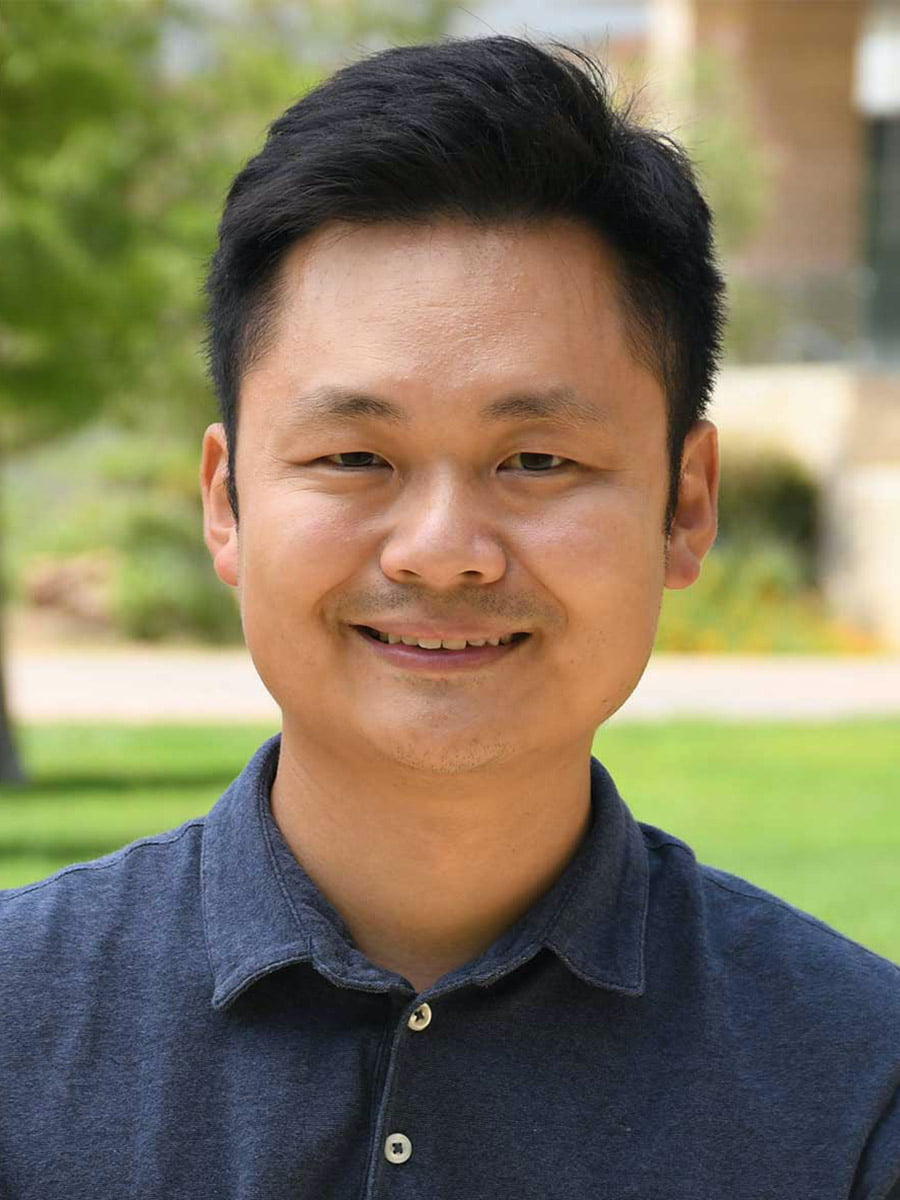New approach for earlier detection of Alzheimer’s

Won Hwa Kim, an assistant professor of computer science at The University of Texas at Arlington, is using a two-year, $175,000 grant from the National Science Foundation to use machine learning for earlier detection of Alzheimer’s disease.
In previous studies, researchers have attempted to use brain scans to find which regions of the brain might be related to the disease. Kim’s study will develop a novel deep learning technique that uses algorithms that mimic the structure and function of neural networks in the brain.
It is difficult to apply conventional deep learning techniques to brain network analysis. Kim hopes to create a deep learning pipeline that can help him design a new convolution neural network for graph classification. The pipeline must be capable of making accurate predictions based on small amounts of data, because dataset size is often limited in the neuroimaging field.
Convolution neural networks have been used in image recognition and classification, but not for graph data. Kim’s new convolution will explore the spatial relationship between graph nodes in a dual space to learn topological features for brain networks.
“By developing a novel convolution neural network, we will be able to see which relationships in the brain network are related to Alzheimer’s disease,” Kim said. “Instead of studying the entire brain, we’ll be able to pinpoint and focus on specific areas in the brain to slow and treat the disease’s progression.”
Kim’s research is a unique approach to studying the brain and its networks, and it has great potential, says Hong Jiang, chair of the Computer Science and Engineering Department.
“Deep learning is a powerful tool that has not been explored in this context before,” Jiang said. “Dr. Kim’s research has great potential to unlock mysteries within the brain that could lead to earlier detection and treatment of Alzheimer’s disease and perhaps allow researchers better access to data that will increase our understanding of its causes.”
- Written by Jeremy Agor, College of Engineering